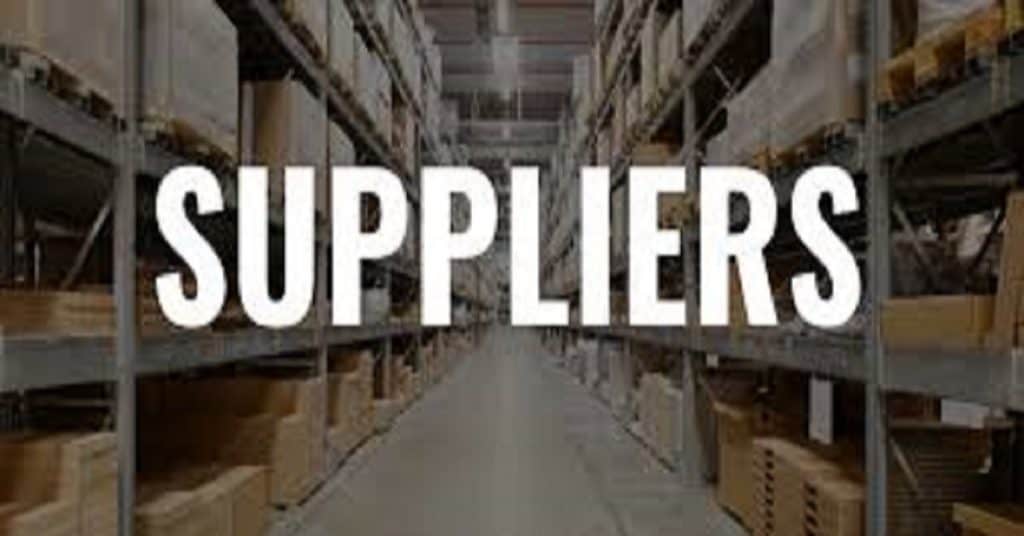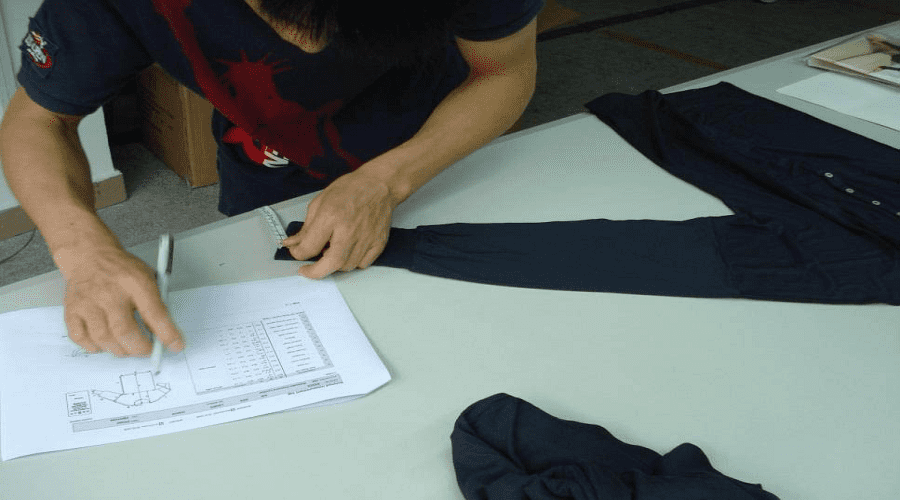
September 15, 2021
Quality Assurance vs Quality Control: What’s the Difference?
Quality assurance and quality control are two fundamental parts of the inspection process. By most people, these terms are wrongly
Read More
September 15, 2021
Quality assurance and quality control are two fundamental parts of the inspection process. By most people, these terms are wrongly
Read More
March 31, 2021
Up until the time that your production starts, incoming quality control (IQC) are the method of inspecting the quality of
Read More
April 2, 2020
Your supply ultimately determines the quality of products that you market to your customers. In essence, it would not be
Read More
March 21, 2020
Think of it this way. If you do not convey your expectations or requirements to someone. How will they know
Read More
November 19, 2019
As a fashion retailer, you may have noticed that not only is the industry becoming more and more competitive. With
Read More
October 23, 2019
The trend of outsourcing production to another country is increasing day by day. Countries in Asia, particularly China, have seen
Read More
October 17, 2019
Updated: 19 November 2021 The Meaning of AQL Literally speaking, AQL standards for Acceptable Quality Limit: this means the worst
Read More
October 15, 2019
Updated: 20 November 2021 The concepts of ANSI ASQ Z1.4 AQL might probably seem complicated to some, but there must
Read MoreAugust 19, 2019
It would not be wrong to say that quality is the backbone of any business; without quality products and services,
Read MoreJuly 4, 2019
Quality is one aspect of a business’s products that consumers are most difficult to compromise on. Perhaps a business can
Read More